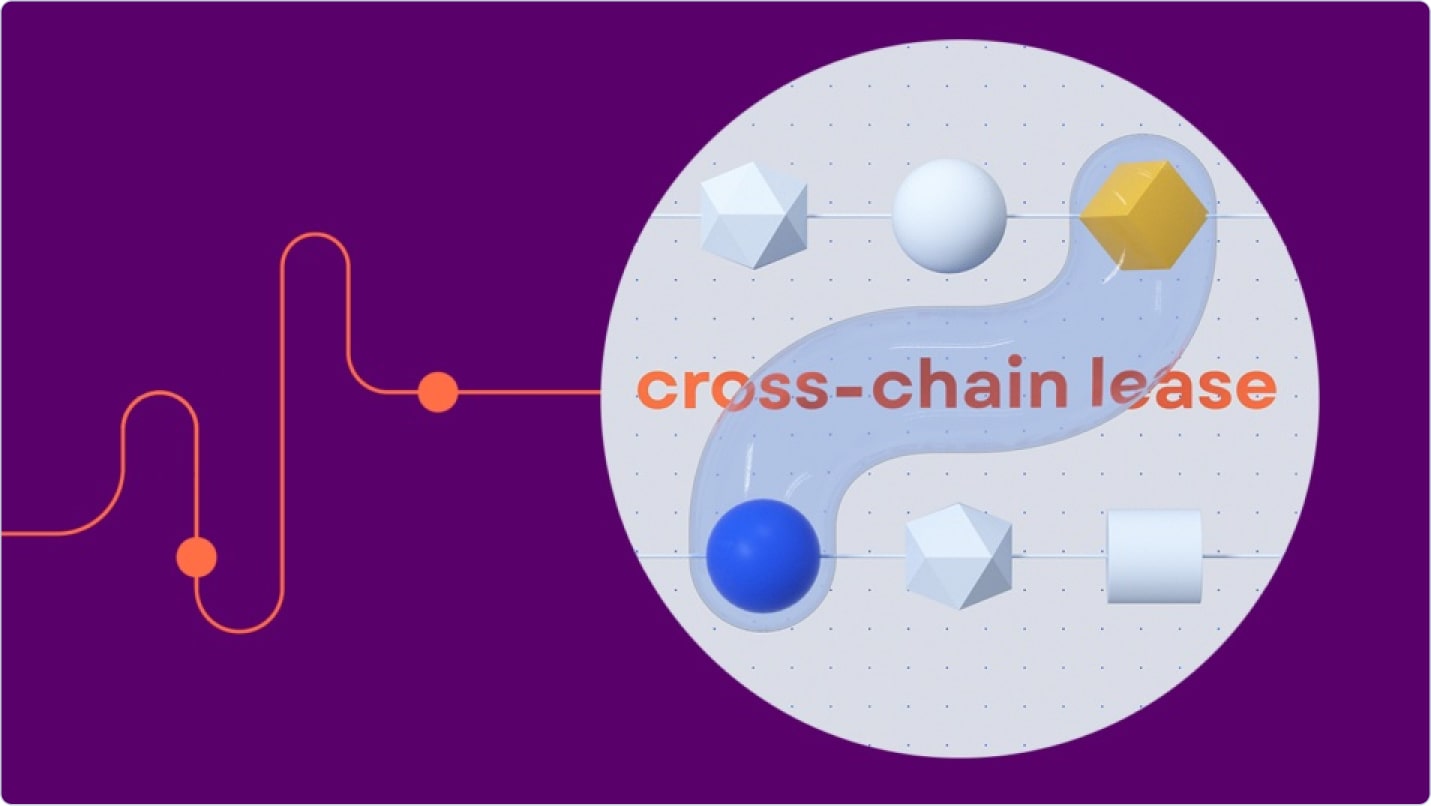
Nolus is transforming crypto borrowing by drawing inspiration from traditional finance leasing. In conventional leasing, customers pay a fraction of an asset's value upfront, use it during the lease, and eventually own it after repaying the loan. Nolus adopts this concept to offer up to 150% financing on initial crypto investments. This reduces margin call risks, enhances investment security, and allows borrowers to access leveraged assets through approved yield-bearing strategies
TradFi Leasing: Pay a fraction, use the asset, own it after lease term
Nolus DeFi Lease: Deposit crypto, leverage up to 150%, repay and amplify holdings
Example: Using Nolus DeFi Lease
Scenario: An enthusiast of the Cosmos ecosystem wants to leverage their ATOM holdings
Traditional Method: Without services like Nolus, the investor would need to buy ATOM tokens outright, limiting the investment to available funds
Leverage Long with Nolus: To initiate a lease position, the user deposits 1,000 USDC into Nolus and then borrows an additional 1,000 USDC. Both amounts are converted to ATOM, effectively doubling the investment. The combined ATOM tokens serve as collateral, backing the DeFi Lease and securing the borrowed amount. If ATOM’s value rises, the investment grows accordingly. However, since the loan is in stablecoins, the borrower owes a fixed amount plus interest
Leverage Short with Nolus: Users can borrow ATOM, sell it for stablecoins, and hold the position. The loan is denominated in ATOM, so the borrower owes a fixed amount of ATOM plus interest. This strategy benefits if the value of ATOM decreases, allowing the borrower to buy back the ATOM at a lower price, repay the loan, and profit from the difference
Liquidations
Traditional liquidations often result in significant losses for borrowers. Nolus mitigates this with partial liquidations, only selling a portion of the collateral to maintain a healthy loan-to-value (LTV) ratio. This approach gives borrowers more time to recover their position, reducing future liquidation risks and minimizing collateral loss